The Windows 10 Review: The Old & New Face of Windows
by Brett Howse on August 25, 2015 8:00 AM EST- Posted in
- Operating Systems
- Microsoft
- Windows 10
Windows 10 Editions
Branding Windows has been somewhat hit and miss over the last couple of generations. Microsoft took the entire exercise a bit too far over the Windows Vista and Windows 7 period, with a lot of different versions that had different features available. With Windows 8, they moved to just a couple of different versions which simplified the selection. Windows 8 Core was the one most people needed, and Pro offered a few more features that most home users would not need, such as the ability to join a domain, or use Remote Desktop. There was also an edition for volume license customers called Enterprise, and it contained every feature.
Windows 10 continues down this path, but rebrands the home version Home again. That makes a lot of sense since the “core” branding on Windows 8 was kind of silly.
Once again, there are two basic versions which you can purchase. Windows 10 Home, and Windows 10 Pro are both going to be offered in retail sales, and once again there is a volume license version called Enterprise, and another carryover from is a special version of Enterprise for education, called, you guessed it, Education.
Education and Enterprise are almost identical, with only a couple of differences. But most of us are going to be using Windows 10 Home or Pro.
As before, Windows 10 Home is a subset of Pro, with Pro offering features that are aimed more towards business users. The one big exception is Bitlocker support, which is Microsoft’s drive encryption software. Many people were hoping to see this come to the Home version for this round, but alas, that is not the case.
All versions except Home also support a new Windows Update for Business service, which is a method for companies to deploy and manage updates. Windows Server Update Services is the existing method for this, and that also still exists for customers who want to keep that level of control.
Speaking of updates, Windows 10 no longer offers a way to disable Windows Updates in the settings page. Pro will let you defer feature updates, but not security updates, and Enterprise versions will offer a long term servicing branch option, but the goal here is to keep Windows up to date going forward.


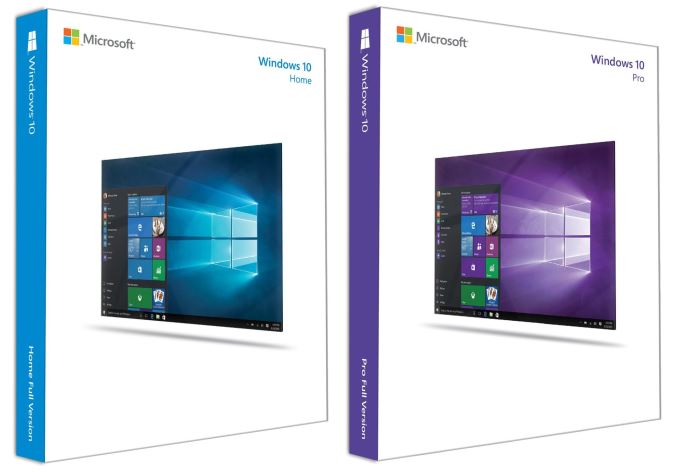
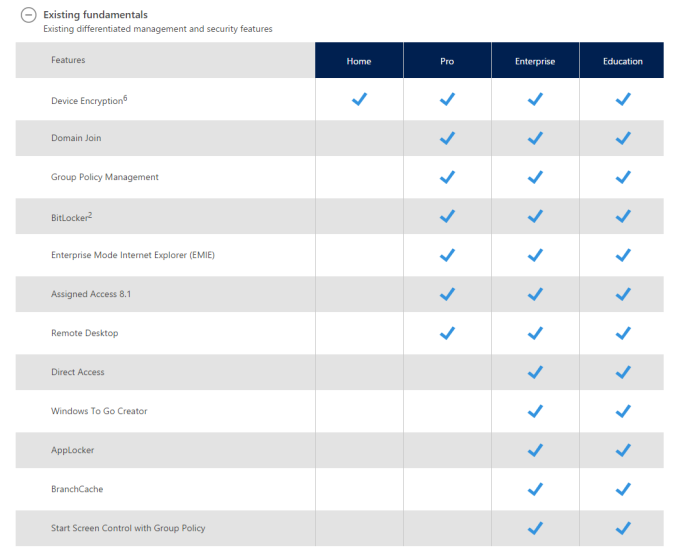
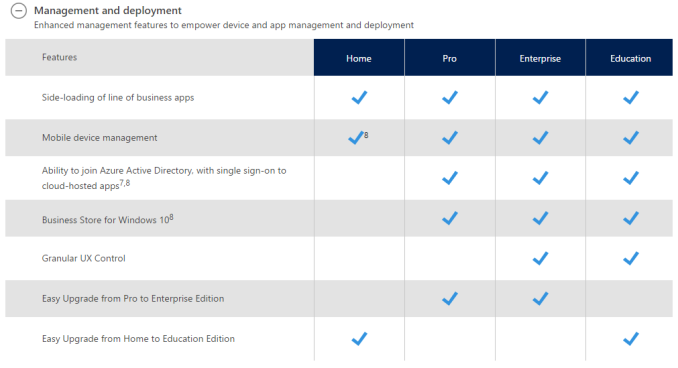
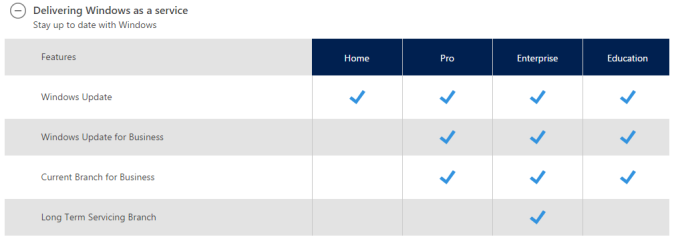
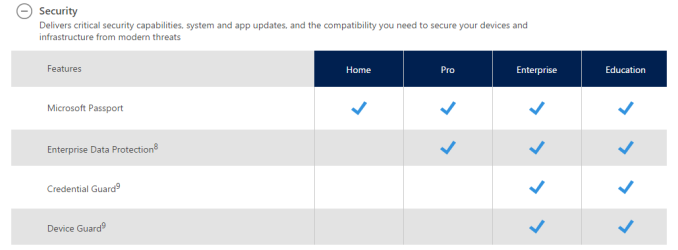








293 Comments
View All Comments
Notmyusualid - Friday, August 28, 2015 - link
I saw two of them in my PC. Promptly removed.yuhong - Friday, August 28, 2015 - link
Not most of them.ddriver - Wednesday, August 26, 2015 - link
I remember back when the win 10 tech preview came out, and it was discovered to be riddled with spyware. Back then I remember them saying "well, that's tech preview, it needs to analyze itself to be improved, that won't be in the final release".Few months latter the final release is here, and the spyware is still all there.
WorldWithoutMadness - Tuesday, August 25, 2015 - link
It's kinda funny considering smartphone in general is also 'spyware'.Of course you can opt to turn the stuff off with the consquence of retardation in some features.
Same as win10 as well so I couldn't be bothered anymore since the guys behind my phone probably knows me better than I do.
piroroadkill - Tuesday, August 25, 2015 - link
Microsoft pushed out a telemetry update via Windows Update for 7, too, so if you didn't notice that, it has some of the reporting capabilities.chrome_slinky - Wednesday, August 26, 2015 - link
I did, and hid it. Who knows how many more times I will have to do that, as Microshaft does not respect things like hiding updates any more.Flunk - Tuesday, August 25, 2015 - link
Most of the uproar about that is speculation, Microsoft claims they're not doing anything shady at all. Plus, Android and iOS BOTH do have similar agreements. If you're staying on Windows 7 to avoid spying you'd better also stop using your iPhone or Android Phone. Also, better stop using Google or any Google services because their EULA is actually much worse.baka_toroi - Tuesday, August 25, 2015 - link
It's not speculation. Network traces have been analyzed and they've shown the sheer amount of callback-to-the-mothership Win10 does. Worse of all: they can't be stopped, even if you deactivate the service. MS knows better than you what you want (or so they seem to think).It also doesn't help when they pay The Verge or some other crappy site to convince the masses spying on its users is OK because "Google already does that!" And I'm seriously thinking most of the people denying all this are paid shills, cause I seriously find it very hard to believe your reasoning against this is "MS said they're not doing anything shady." I mean, are you actually believing them? What do you think they're going to say? "Hey guys, yeah, it's true. We spy the shit out of y'all."
prophet001 - Tuesday, August 25, 2015 - link
^ ThisNotmyusualid - Tuesday, August 25, 2015 - link
Agreed: http://i.imgur.com/p2DYhbd.jpg